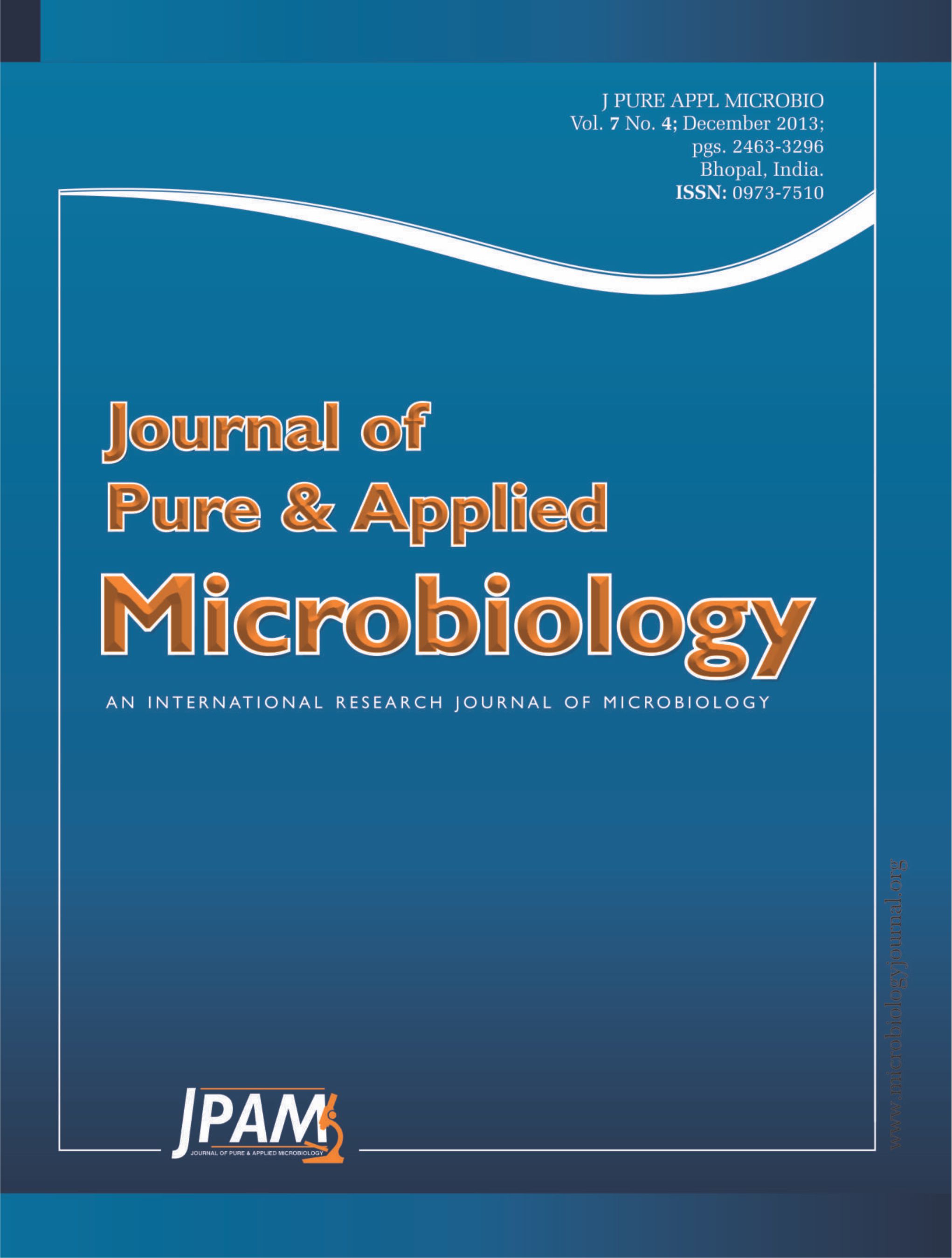The aim of this study was to assess the effect of either blood or sera in BHI media on the growth rate of S. aureus isolates. This study was carried out on five S. aureus isolates including two MRSA and two MSSA isolates and COL standard isolate. Growth curve was plotted for isolates in BHI broth , BHI containing sheep blood and BHI containing calf serum then generation time of isolates in these three different growth medium was calculated. The mean of generation time of five bacteria in three media of BHI, BHIS and BHIB was 25.38, 26.2 and 26.9 min respectively which were not statistically significant (P>0.05). The generation time of standard strain was more than others. The mean generation time of MRSA was higher than MSSA isolates. This study showed that S. aureus which was isolated from healthy carriers had a slightly longer generation time than clinical isolates. These results suggest that addition of sheep blood and calf sera in BHI media was not able to increase the growth rate of S. aureus, even it slightly increased the generation time. BHI is an enriched nutritious media and is ideal for growth S. aureus and addition of serum and blood is not able to alter nutrition conditions in this media according to our assumption.
Staphylococcus aureus, Growth curve, Generation Time, Serum, Blood
© The Author(s) 2013. Open Access. This article is distributed under the terms of the Creative Commons Attribution 4.0 International License which permits unrestricted use, sharing, distribution, and reproduction in any medium, provided you give appropriate credit to the original author(s) and the source, provide a link to the Creative Commons license, and indicate if changes were made.


